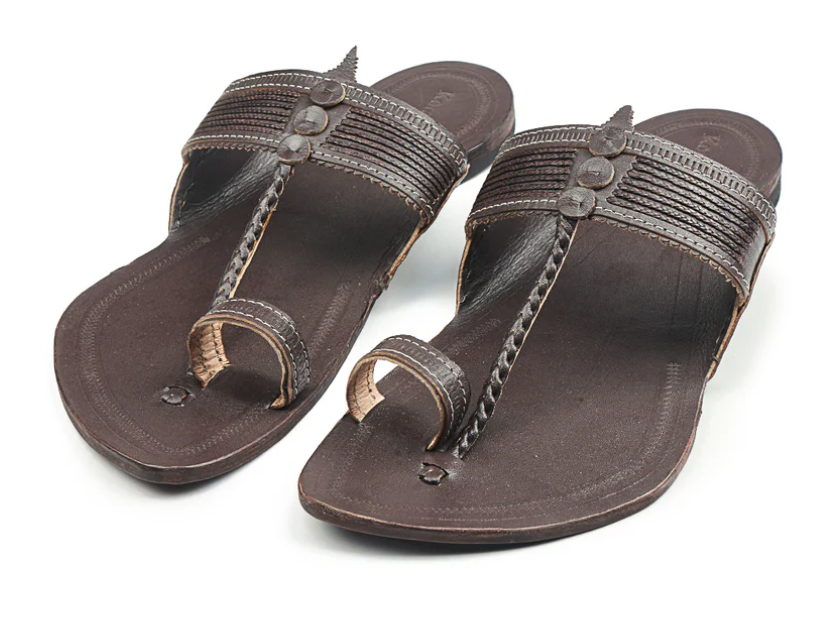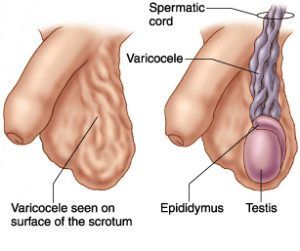Introduction
Men often overlook small changes in their bodies, especially when it comes to reproductive health. One such condition that silently affects millions is varicocele—an enlargement of the veins within the scrotum, similar to varicose veins in the legs.
While some men may never notice serious issues, others may experience discomfort, pain, or even fertility problems. Recognizing the early signs can make a huge difference in treatment outcomes. That’s why in this article, we’ll focus on the Top 10 Common Varicocele Symptoms and How to Identify Them—so you know exactly when to take action.
What is Varicocele?
A varicocele occurs when the veins inside the scrotum (pampiniform plexus) fail to function properly, causing blood to pool and veins to enlarge. This condition disrupts proper blood circulation around the testicles, potentially leading to reduced sperm quality, testicular shrinkage, and infertility.
It is surprisingly common, affecting about 15 out of every 100 men. In fact, nearly 40% of men with fertility issues are diagnosed with varicocele.
Top 10 Common Varicocele Symptoms and How to Identify Them
Here’s a closer look at the signs you should watch out for:
1. Dull, Aching Pain in the Scrotum
One of the earliest symptoms is a dull, aching, or throbbing pain in the scrotum. This discomfort often worsens after standing for long hours, lifting heavy objects, or exercising. Lying down typically brings some relief.
How to identify: If the pain eases when you lie flat but returns when standing, it could be a sign of varicocele.
2. Heaviness in the Testicles
Many men describe a dragging or heavy feeling in the scrotum. This sensation usually appears at the end of the day, especially if you’ve been on your feet.
How to identify: Notice if your scrotum feels unusually heavy, especially after physical activity.
3. Visible Enlarged Veins
In more advanced cases, you may notice twisted, enlarged veins that look like a “bag of worms” inside the scrotum.
How to identify: Stand in front of a mirror and look for visibly swollen veins near your testicles.
4. Swelling of the Scrotum
Swelling or puffiness in the scrotal area is another warning sign. This happens when blood flow is obstructed and veins expand.
How to identify: Compare both sides of the scrotum to check for swelling or uneven size.
5. Testicular Shrinkage (Atrophy)
Varicocele can cause one testicle—usually the left—to shrink. This occurs when blood pooling damages the tissues responsible for sperm production.
How to identify: Feel both testicles; if one feels noticeably smaller or softer, consult a doctor.
6. Fertility Problems
Varicocele is a leading cause of male infertility. The increased temperature in the scrotum can affect sperm count, motility, and quality.
How to identify: If you and your partner are struggling to conceive, varicocele could be a hidden factor.
7. Uneven Testicle Size
Apart from shrinkage, men may notice one testicle hanging lower than the other or looking visibly different in size.
How to identify: Look for any significant difference in testicle position or size.
8. Pain After Exercise
Physical strain increases abdominal pressure, which can worsen varicocele symptoms. Many men report throbbing pain after gym sessions or sports activities.
How to identify: Track whether scrotal pain consistently follows physical exertion.
9. Discomfort in Hot Weather
Heat dilates veins, making varicocele symptoms more noticeable during hot and humid weather.
How to identify: If your scrotal pain or heaviness worsens in the summer, this could be a trigger.
10. No Symptoms at All
Interestingly, some men with varicocele experience no symptoms at all. The condition is often discovered during fertility testing or routine checkups.
How to identify: Even without obvious signs, regular health checkups are essential to detect hidden varicocele early.
Causes of Varicocele
The condition primarily arises due to malfunctioning valves inside the scrotal veins, which allow blood to flow backward and pool. Other factors include:
- Genetic weakness of veins
- Increased abdominal pressure
- Poor circulation patterns in the testicular region
Risk Factors
Men at higher risk include:
- Teenagers during puberty
- Males aged 15–35
- Those with a family history of varicose or enlarged veins
- Men with unexplained infertility issues
Diagnosis of Varicocele
Doctors may use several methods for diagnosis:
- Physical Examination – Palpating (feeling) the scrotum while the patient is standing.
- Ultrasound – Imaging to check blood flow and enlarged veins.
- Semen Analysis – To evaluate sperm quality if infertility is suspected.
Treatment Options
Conservative Management
- Wearing supportive underwear to reduce discomfort
- Avoiding strenuous exercise
- Using cold packs for temporary relief
Medications
Though no medication can cure varicocele, doctors may prescribe pain relievers for symptom control.
Surgical & Non-Surgical Treatments
- Varicocelectomy: A surgical procedure to tie off enlarged veins.
- Laparoscopic Surgery: A minimally invasive approach with quicker recovery.
- Percutaneous Embolization: Insertion of a catheter and coils to block faulty veins.
Complications of Untreated Varicocele
If ignored, varicocele may lead to:
- Permanent testicular shrinkage
- Reduced sperm quality
- Infertility issues
- Long-term discomfort or pain
Prevention & Lifestyle Tips
While varicocele cannot always be prevented, certain lifestyle habits can reduce risks and improve comfort:
- Avoid prolonged standing or heavy lifting
- Maintain a healthy body weight
- Wear supportive undergarments
- Go for regular checkups, especially if you’re planning a family
Conclusion
Varicocele may be silent, but its impact on men’s health—particularly fertility—cannot be underestimated. By paying attention to the Top 10 Common Varicocele Symptoms and How to Identify Them, men can take timely steps to prevent complications. Early diagnosis and treatment not only relieve discomfort but also safeguard reproductive health.
If you experience scrotal pain, swelling, or fertility problems, don’t ignore these warning signs. Consult a qualified urologist for proper evaluation and care. Remember, awareness is the first step toward prevention and better men’s health.






